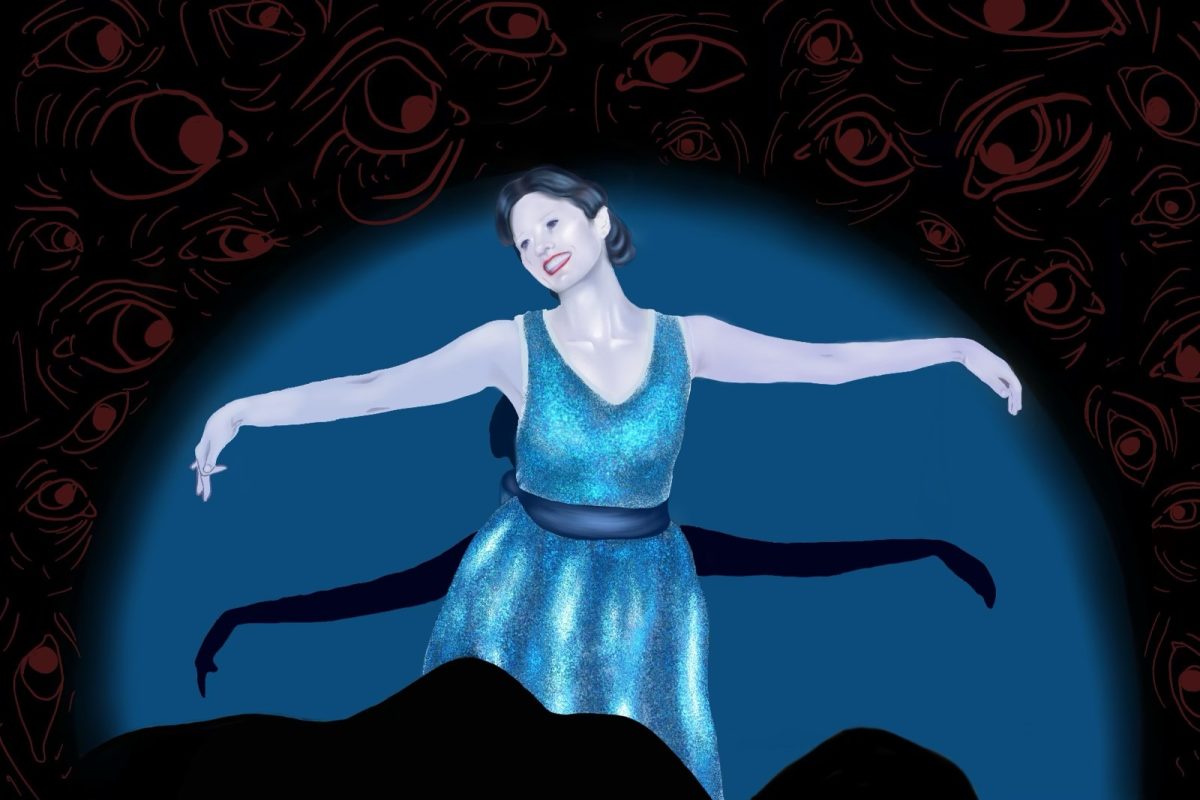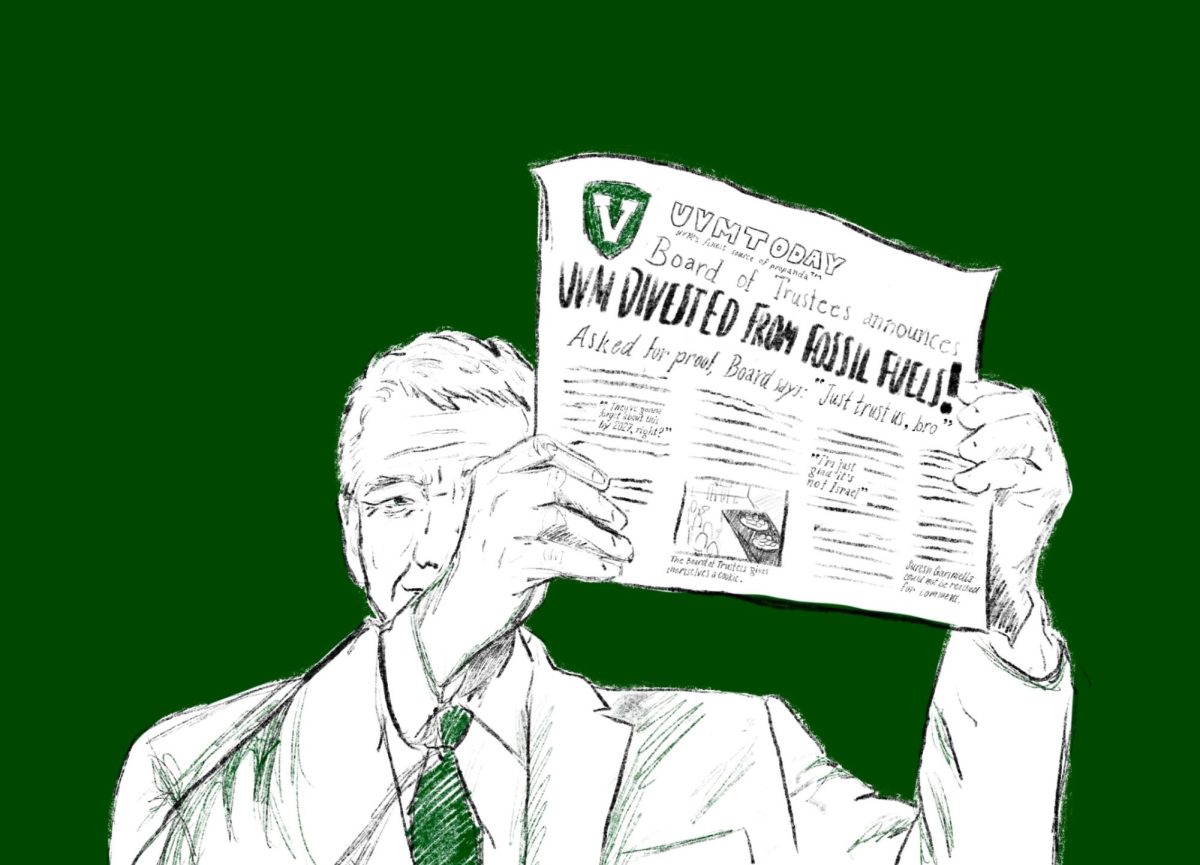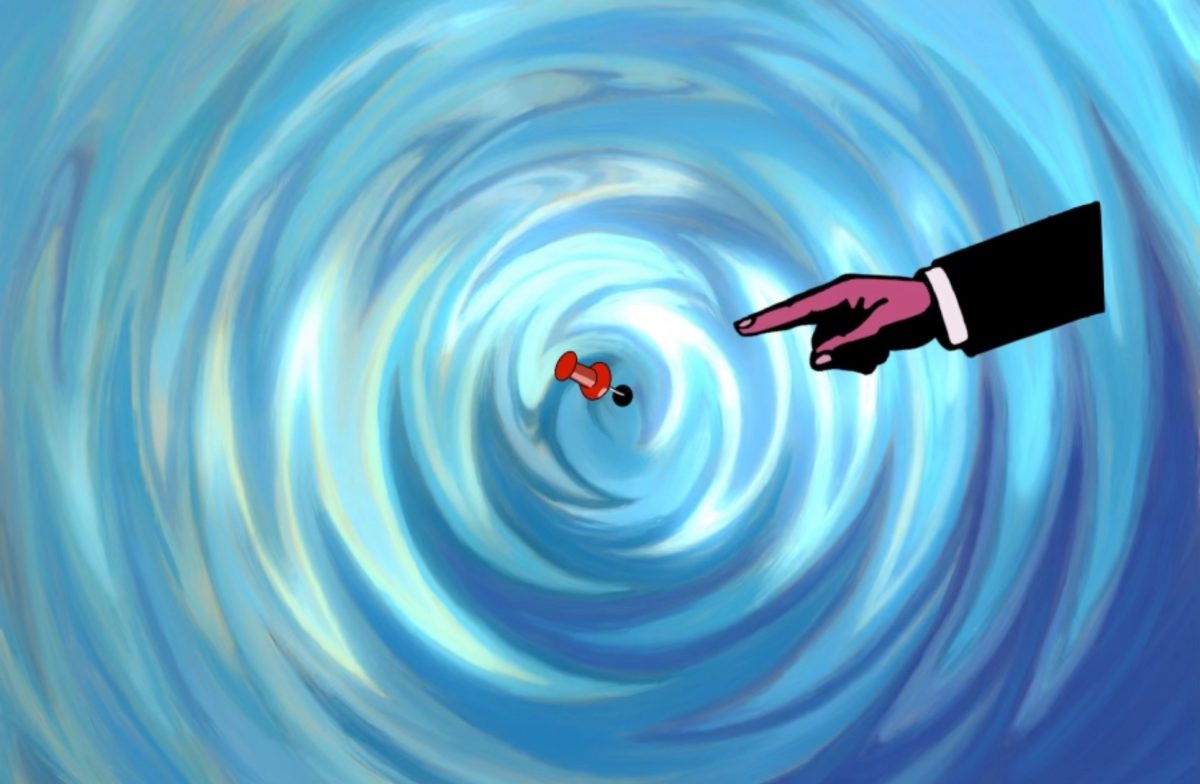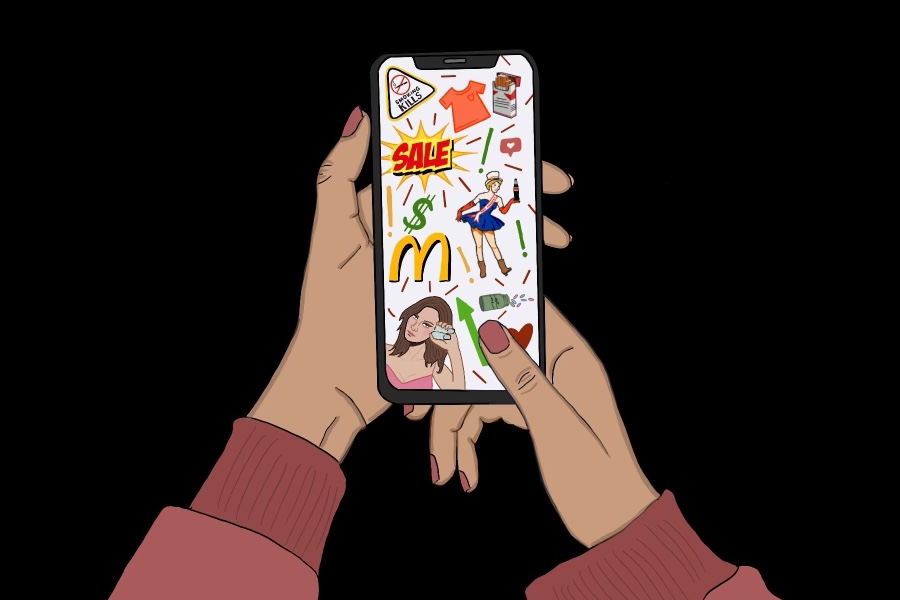If a decade can be defined by a body part then the corporeal icon of the ’90s was a pair of pretty, perky breasts.
The 21st century has seen the thong replace the miracle bra, “how low can you go” pants swap with “dare to bare” shirts and gyrating pop star hips have become an even more seductive image than Pam Anderson running on the beach.
With songs, exercises and now even surgical procedures dedicated to the glorification of (the) ass, it is clear society has moved into the era of the butt.
Since ‘ass cleavage’ has suddenly become trendy and sexy, designers have been doing their part to accentuate and maximize the beauty of the booty with fashionable and very expensive jeans. It has become increasingly important for designers to make jeans that flatter the figure, eliminating jean catastrophes such as plumber’s crack or muffin top.
The preoccupation with finding the perfect pair of jeans that firm, lift and plump the rump seems mostly a female concern and one so press-ing that women are willing to spend upwards of $100 and $200 on brands like Citizens of Humanity, Lucky, Paige Premium Denim, Rock and Republic, 7 for All Mankind and True Religion to name a few.
The “Denim Revolu-tion” has transformed jeans from being a cheap, casual and comfortable pair of pants into a pricy, chic and couture article of clothing.
Even your old favorite Levi’s have experienced a makeover in both look and price because of the demand for high-end jeans. Levi’s has jumped onto the corporate green bandwagon, introducing a new line of jeans made of 100 percent organic cotton called Capital E that retails for $250, in contrast to its core line of jeans at $40 a pop.
More surprising than the rising price people are willing to pay for jeans is the bat-tered condition people want to buy them in. The prevailing theory on the origin of this fashion staple is that jeans were first worn out in American coalmines, because of den-im’s durability. But jeans have grown far beyond their practical work roots (unless you’re talking about Carhartts).
The ripped and faded look of worked-in jeans is so popular that people can buy their jeans already broken-in for them – no coal mining necessary. Designers have done all the “work” for us, but it sure isn’t cheap.
Some people may wonder what exactly differentiates designer from department store brand jeans besides the tell-tale label on the waist or insignia on the butt.
Perhaps surprisingly, there actually is more to this discrepancy than mere psycho-social marketing. Certain weaves used to ensure greater durability in premium denim-making are more expensive and thus warrant higher prices; and some of the treatments and washes commonly used on designer duds are done by hand with a special tool which creates an almost customized pair of jeans.
While some people swear by their 7’s or their Citizen’s magical abilities to make everything look tighter and cuter, others believe that jeans are jeans regardless of who makes them and designer denim lovers should do some old-fashioned squats to achieve the desired look of a dazzling derriere.
So maybe there are better, less superficial ways to spend money; maybe sacrificing a couple weeks of groceries to buy a pair of hot jeans is a little irrational; but almost everyone has some guilty pleasure they invest in, and this fetish is no different.
This designer jeans era may also yield an unexpected outcome of positive social change. If designer jeans can give some people a little added self-confidence, or help more women embrace their junk in the trunk, we may actually be one step closer to banishing the age old question, “Does this make me look fat?”












![Can’t buy me [self] love](https://vtcynic.com/wp-content/uploads/2024/04/self-care-FINAL-1200x796.jpg)



